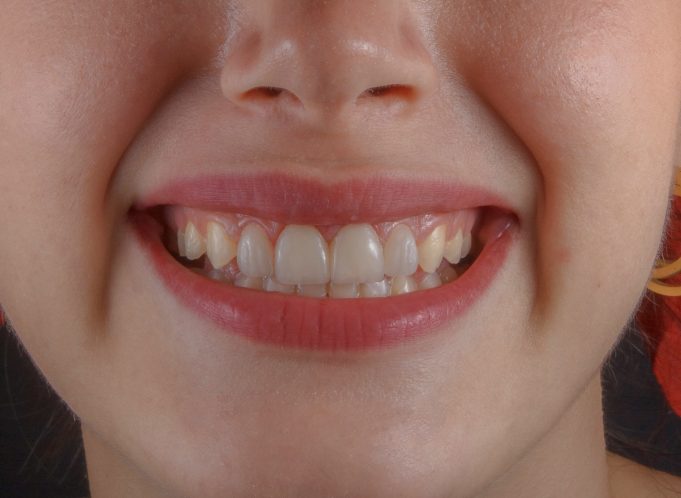By: Professor Dr. Aruni Tilakaratne & Dr. Goh Yet Ching
YOUR mouth is a fine mirror to your body’s health. It has been reported that, about 90% of all systemic diseases have oral manifestations such as mouth ulcers, blisters, polyps, swollen gums, and other gum issues. Almost every day, the dental practitioner encounters some oral manifestation closely connecting to the systemic diseases of their patients who present themselves to receive oral care or dental treatment. Most of these patients are either unaware or have ignored the oral signs and symptoms, especially if the symptom is not bothering in day-to-day life.
However, with these manifestations, the mouth may be signalling of an alarming medical health issue, not known to the patient or undiagnosed by a medical doctor. While the oral cavity forms the entrance to the digestive system, it is interesting that the mouth receives the first signal of a disease in the other parts of the digestive system. Besides, the mouth becomes the first ringing-bell for several other systemic diseases going on in the rest of the body systems. Therefore, in the health care field, it is established that oral health and systemic health are entwined, and all different systems and parts of the body contribute towards ‘one health’.
Traditionally, the dental practitioners encounter patients presenting with oral manifestations such as oral ulcers, polyps or small growths due to Crohn’s disease, inflamed and ulcerated patches in the oral mucosa due to systemic lupus erythematosus, and dry mouth resulting from Sjogren’s syndrome which is an autoimmune disease damaging the cells of salivary glands.
More importantly, research reveals that the diseases in the mouth, especially gum (periodontal) disease is closely linked to some chronic diseases with alarming health complications. According to the current research evidence, diabetes, heart disease, stroke, rheumatoid arthritis, respiratory infections (e.g., pneumonia) and low birth
weight premature births have been linked up with chronic, untreated severe periodontal disease. The strong association between diabetes and gum disease makes it evident that patients with poorly controlled diabetes experience more severe gum disease causing destruction of tooth supporting tissues and eventually tooth loss. Maintaining good oral health status is known to improve the diabetic control of patients.
Accordingly, based on the oral disease status or oral manifestations, the dental practitioner is able to recognize any underlying systemic health issue of the patient,
at routine dental check-up visits. Presence of severe gum disease or other oral manifestations mentioned above are good examples here. Such initial recognition usually triggers investigation into any suspicious, undiagnosed diseases such as diabetes, Crohn’s disease, HIV (human immunodeficiency virus) infection/AIDS and leukaemia.
In particular, HIV infection and leukaemia are among the most distressing medical issues for patients. Oral manifestations of leukaemia include severe gum bleeding, swelling and ulcers. The gums may appear boggy and painful. During oral/dental examinations, the dental practitioner may be the first person witnessing such oral manifestations suspicious of leukaemia and contributing for the early diagnosis of a life-threatening medical condition for the patient. It is noteworthy to highlight that more than 75% of patients with AIDS have orofacial diseases. Common oral lesions in AIDS include candidiasis, hairy leukoplakia and Kaposi sarcoma.
Addison’s disease, though less common is another debilitating autoimmune disease in which adrenal glands fail to produce enough hormones (cortisol, aldosterone), but
produces excessive melanin leading to pigmentation in the oral cavity. This oral manifestation is therefore an early signal in the diagnosis of Addison disease. Oral manifestations of other systemic ramifications are also related to nutritional factors, mental disorders and sleep-related breathing disorders such as obstructive sleep apnoea. In patients with gastroesophageal reflux disease, bulimia or anorexia, there is a high chance of having long-term exposure of tooth enamel to acidic gastric contents which result in dental erosion.
Dental erosion is particularly seen on the palatal aspects of anterior teeth, and these would commonly require restorations. Anaemia is a common nutritional deficiency disorder, due to iron and vitamin B complex deficiencies, in which several oral manifestations become evident. Oral findings of anaemia may include pale colour of oral mucosal lining, atrophy (baldness) of the tongue, and reddish or whitish patches due to a fungal infection called candidiasis. Most anaemic patients manifest crusting at the corners of the mouth (angular cheilitis), oral ulcers, burning sensation or erythematous patches on the oral mucosa.
Therefore, by carrying out a careful examination of the oral cavity, many signalling findings of an underlying systemic disease can be detected. This would invariably
allow an early diagnosis and treatment of the medical issue. Examination should typically involve evaluation of mucosal changes, inflammation and bleeding of gums, and general condition of the teeth. Dental practitioners and oral healthcare professionals should be in the forefront in educating their patients, not only regarding oral diseases, but also in identifying any underlying medical issues simply by looking at their own body’s mirror!
The writers from Department of Restorative Dentistry, Faculty of Dentistry, and Department of Oral & Maxillofacial Clinical Sciences, Faculty of Dentistry, Universiti
Malaya

















